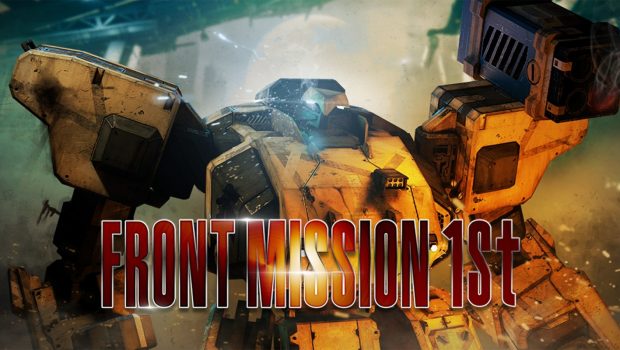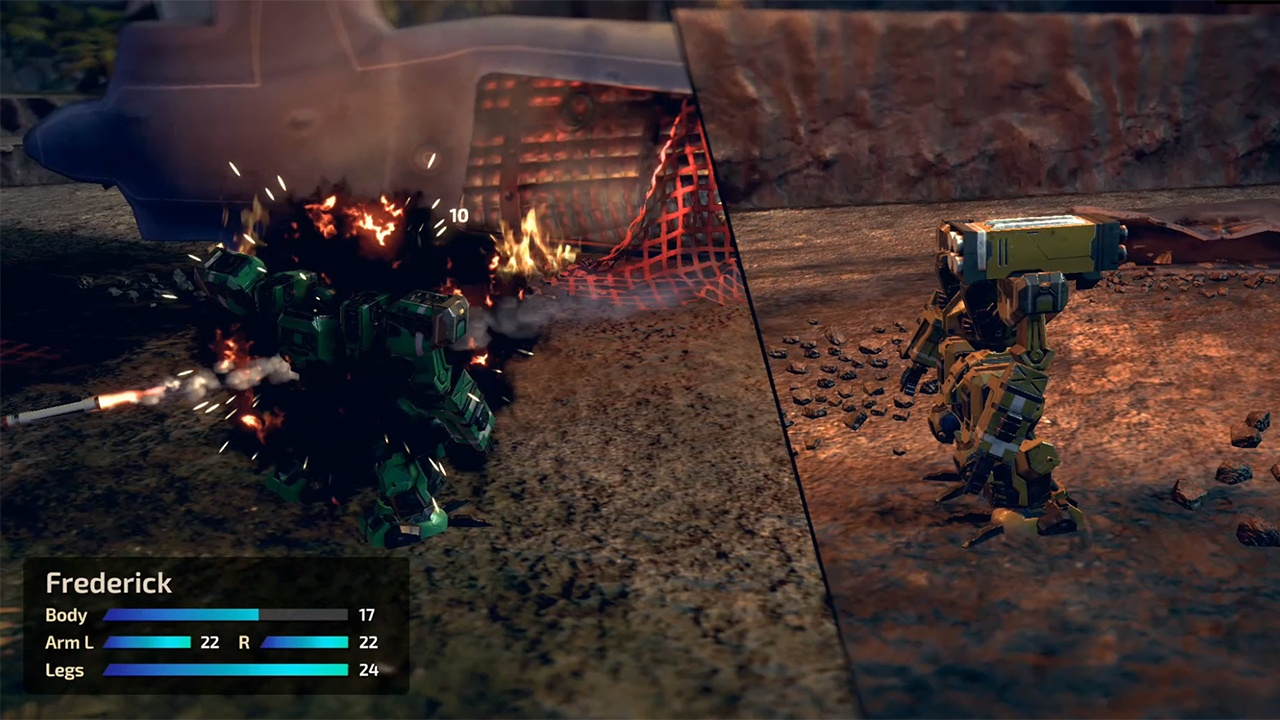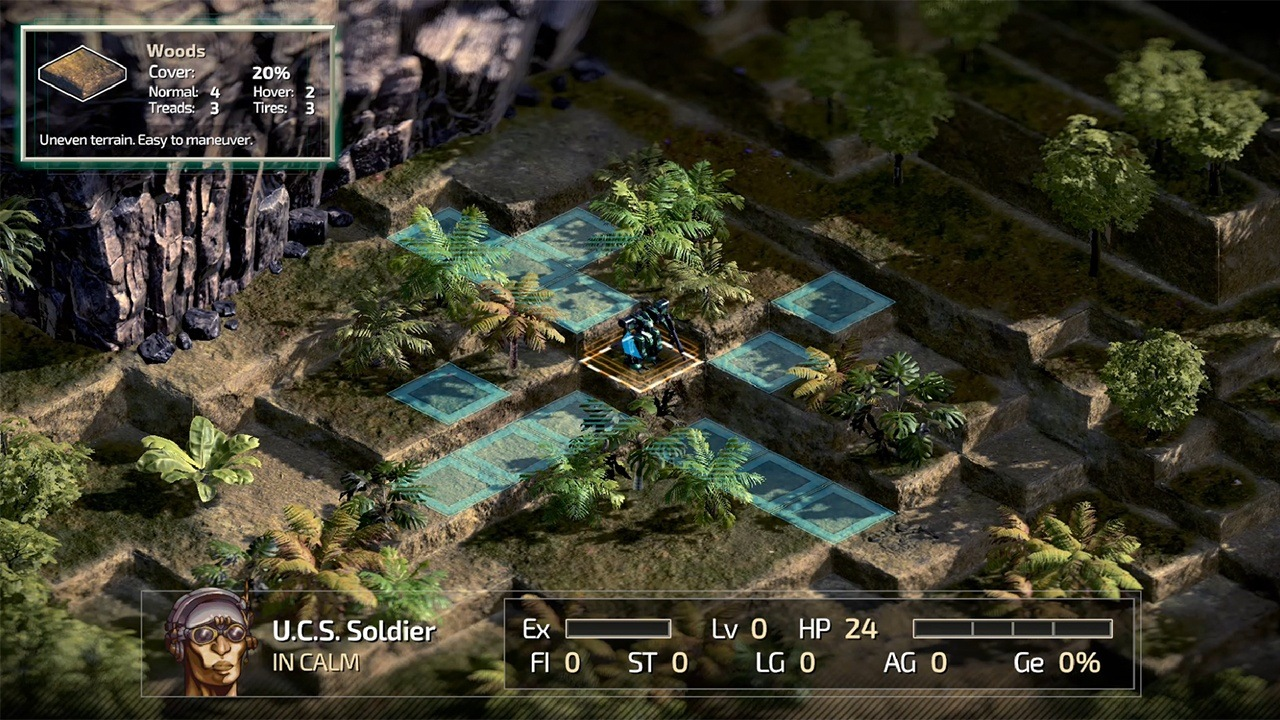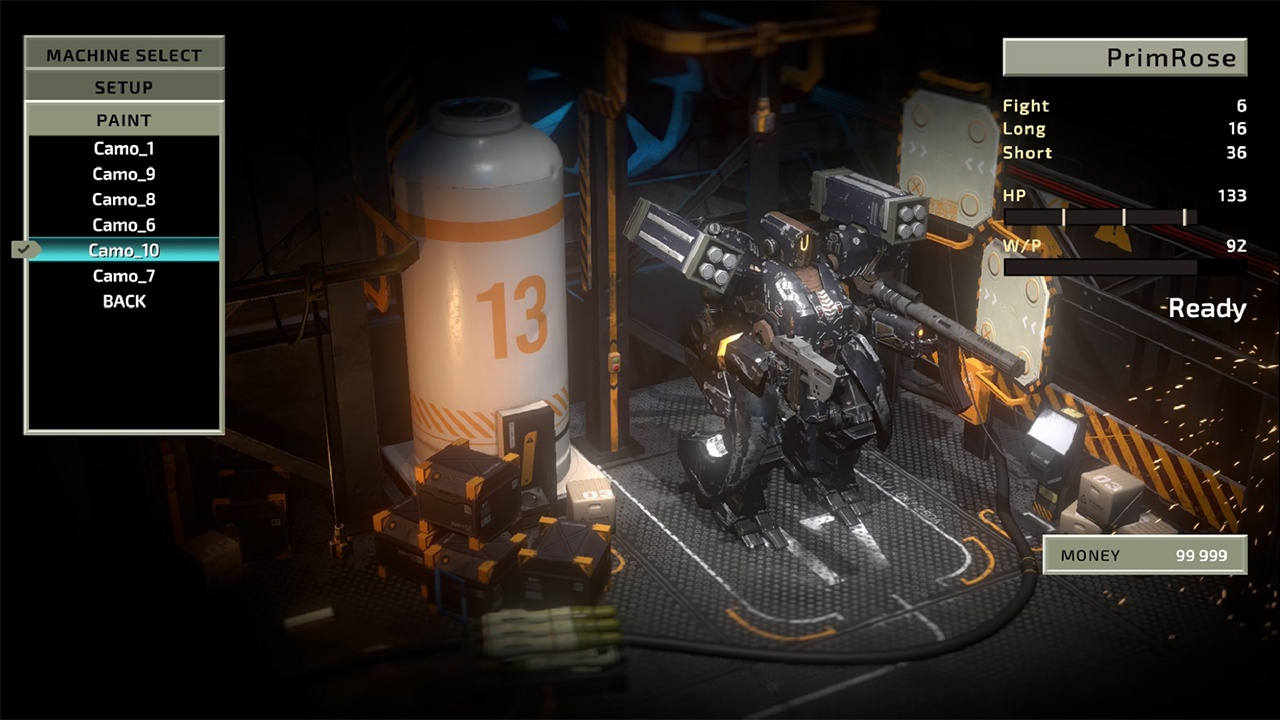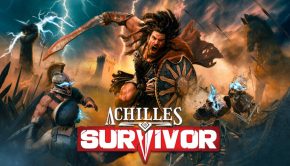Front Mission 1st: Remake Switch Review
Summary: Front Mission 1st may have had a fresh coat of paint but the mechanisms inside this lumbering mech are starting to show their age.
3.3
Rock'em Sock'em
Front Mission 1st was one of those series I had always heard about and always liked the idea of, but since Europe apparently wasn’t allowed any of the cool Japanese games in the 90s. I never got to play it.
The elevator pitch is a simple one, turn-based battles in customisable mechs, taking part in a war over a disputed island in the south pacific. What’s not to love?
Thankfully, someone at Forever Entertainment thought the same and now 20 years after the PlayStation port (of the 1995 Super Famicom game) this new remake is based on was released I can finally see what the fuss is about.
For the best part, the remake is one that has been done with a very light touch, to the point it could just be called a remaster. The main changes are graphical as the game’s original sprites and backgrounds have all been lovingly recreated in 3D. And you can now move the camera around the battlefield to get a better vire of the action. It’s not a big thing, but a welcome addition nevertheless. Though, whether this was a conscious choice or not, the models still feel like something out of the late PS1 era – and I kind of dig it.
The whole thing screams forgotten classic, because well, it kind of is. Aside from the graphical refresh, and a remixed soundtrack, the content found in Front Mission 1st: Remake is mostly the same as the PS1.
There have been some minor gameplay tweaks, enough to have a separate gameplay option in the main menu but since I have no memory of the original I can’t really compare, however, if you do want to play the game as originally intended you can opt for classic mode instead.
Front Mission 1st sees you plunged into a conflict over Huffman Island. On one side is the OCU, and on the other, the UCS. Two factions that are easy to confuse, but maybe that’s the point. You take on the role of Ryod Clive; after a botched recon mission starts a war between the two sides, and Royd loses his girlfriend in the ensuing battle. Royd is kicked out of the UCS only to be hired as a merc by them a few months later, and is put in charge of a group of mech-piloting mercs called the Canyon Crows tasked with turning the war back in favour of the OCU that have up until this point has been taking an absolute kicking.
It’s a grim future where warfare is dominated by walking tanks known as Wanzers, your job is a pretty simple one, blow up the other side’s Wanzers while keeping your own casualties to a minimum. Thankfully though, there’s no permadeath. (Think Advance Wars edgier older brother and you’re not far off.) occasionally you’ll have to escort a convoy or protect someone, but ultimately this is all achieved by blowing up the other side’s mechs.
Combat is as you would expect, really. You take turns manoeuvring your mechs into position to try and gain some kind of terrain advantage and then opening fire, or punching the enemy with a big robotic haymaker, or standing back and launching missiles at them, and that’s about it.
Each of your Wanzers is fully customisable and there is several warehouses full of parts and weapons to choose from. It’s like making the world’s most basic Gunpla. Find a body you like, choose a good pair of legs and some strong arms and tool them up with a gun, missiles and maybe a shield.
In combat, each part of your Wanzer can be damaged and eventually destroyed. Though you can still limp along if your legs are taken out, you can’t attack without arms, but if your body blows up it’s time to bail out because your mech is toast.
During each battle, this means that you are constantly trying to make sure your mechs can still function properly while carrying out your mission.
The problem is that you can’t aim your weapons at specific areas of enemy Wanzers. So taking out an enemy often feels more like luck than judgment, as what feels like it should be a direct hit sail right over the enemy’s head, or your machine gun fire hits everything except the one part you wanted it to.
It makes the time spent tweaking and customising your team of up to 11 Wanzers feel a little hollow as regardless of how well you think you’ve customised them a couple of unlucky hits from the enemy and they’re kaput, while they’ve been dancing through artillery fire unscathed.
In order to keep your squad fighting fit and not underpowered you need to upgrade their parts and weapons regularly. Occasionally you’ll recover something decent on the battlefield that can really turn the tide in future fights. But soon you spend more time in the garage labouriously swapping out mech parts than actually battling because you have to individually construct and customize each Wanzer in your squad.
The game gets a lot easier though as soon as you figure out how to break the game by winning fights in the optional arena that net you cash and experience. Soon you’ll find yourself over-levelled and swimming in cash to keep your squad in bleeding-edge tech.
If you still want a challenge though you can switch up the game’s difficulty, although most of the harder modes are locked on your first playthrough. There’s also the second OCU campaign to playthrough that doesn’t allow for the same level of market manipulation.
However, even though I managed to break the game I still had a decent time with it since dashing around the map and blowing up Wanzers with a massive rocket or a well-placed punch to the gut ( do they have guts in, the gut area, perhaps, anyway) never fails to entertain. While the narrative continued to keep me hooked throughout.
Final Thoughts?
Is Front Mission 1st: Remake as good as Advance Wars? Well no, but it is still a lovingly crafted remake and a decent strategy game with a compelling narrative and fun mech customisation. I just wish Forever Entertainment had spent more time modernising and refining the gameplay experience, rather than just the presentation.


